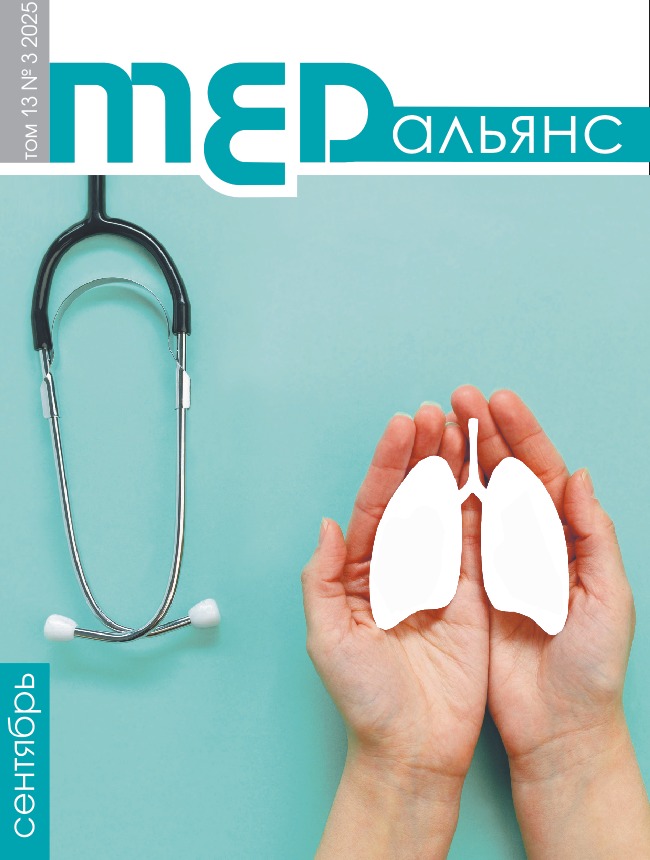Abstract
Introduction. The success of periacetabular osteotomy (PAO) is closely linked to the surgeon’s expertise and the necessity for intraoperative radiographic control, which increases the risk of errors and radiation exposure. Additive manufacturing technologies offer the potential to improve accuracy; however, their application in PAO has not been previously studied. Objective. To evaluate the accuracy of acetabular correction and the complication rate following PAO modified by the use of a patientspecific navigation system. Materials and methods. A prospective study included 39 patients (40 hip joints) with stage I–II dysplasia (Crowe/Hartofilakidis). During preoperative planning, 3D models of the patients’ pelvic bones were created, and two patient-specific devices were designed: one for osteotomy and one for acetabular fragment positioning. Surgeries were performed without intraoperative radiographic guidance. Postoperative assessment included CT and X-ray imaging to measure angles (Wiberg, AcetAV, etc.), along with an analysis of perioperative complications. Results. The deviation of the postoperative Wiberg and AcetAV angles from the planned values was 2.3° (IQR: 1.2–4.0) and 1.7° (IQR: 0.5–4.4), respectively. The overall complication rate was 27.5%, with the most common being lateral femoral cutaneous nerve neuropathy (22.5%). Correction errors (overcorrection) were observed in 7.5% of cases. The mean duration of surgery was 60 minutes (IQR: 60–90), and mean blood loss was 350 mL (IQR: 250–400). Conclusion. The modified PAO technique utilizing a patient-specific navigation system provides high correction accuracy, reduces operative time and radiation exposure for both patients and medical staff. This method decreases reliance on the «human factor» but requires optimization of the ischial osteotomy technique. Long-term functional outcomes require further investigation.

